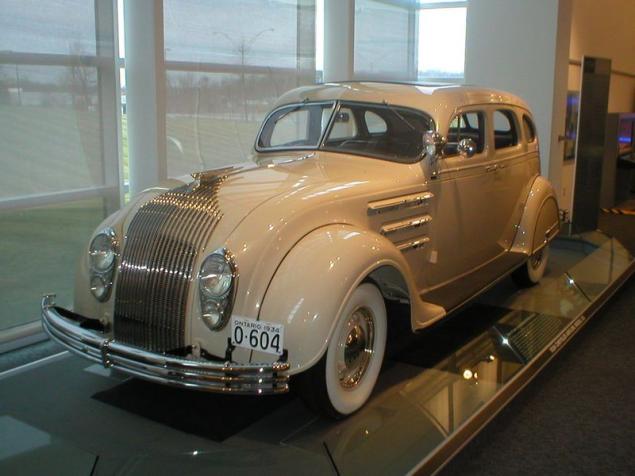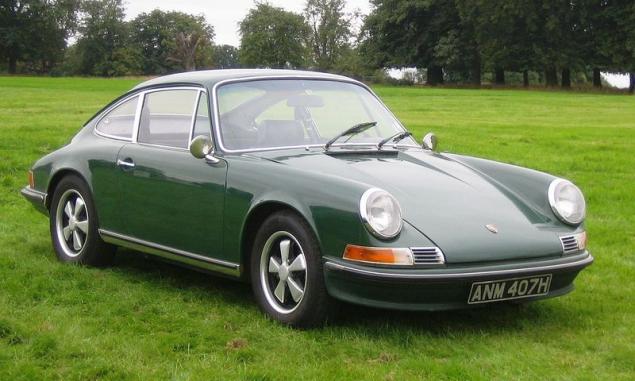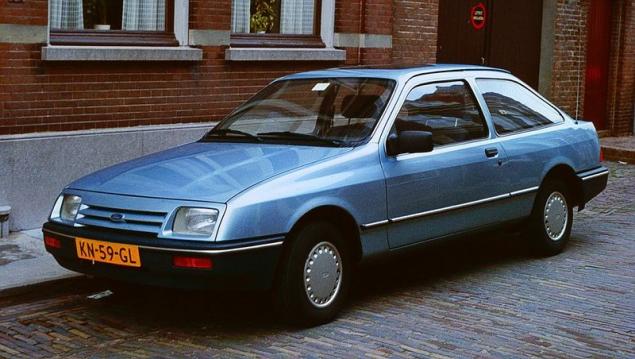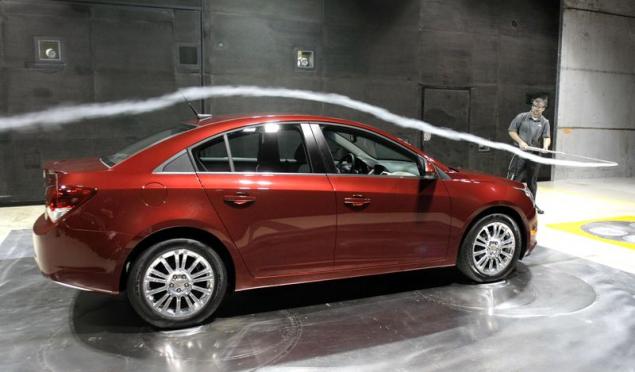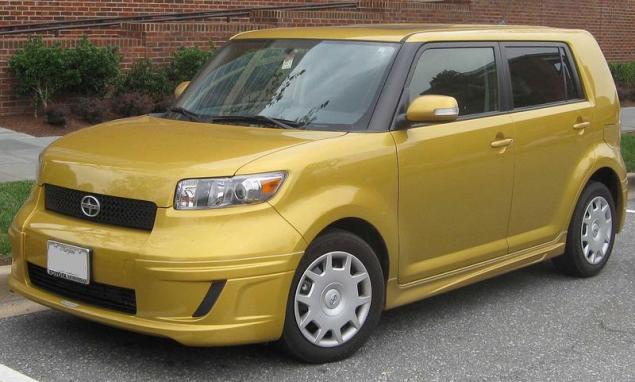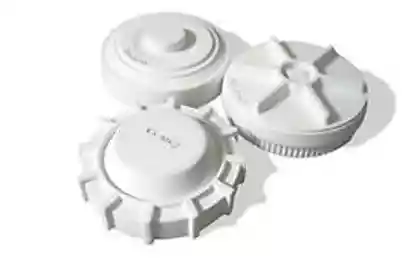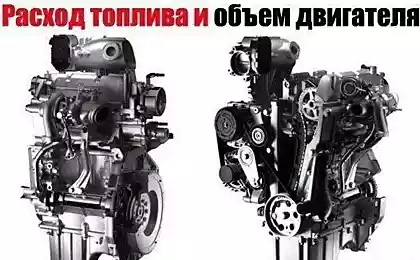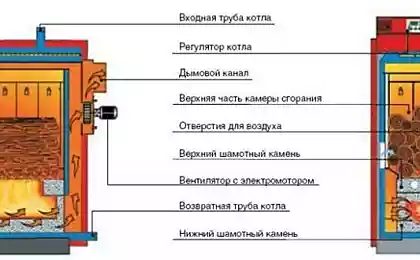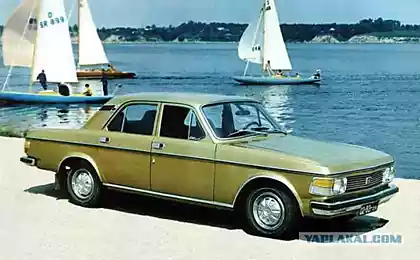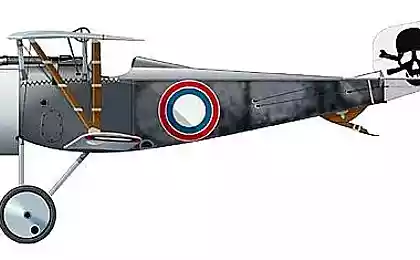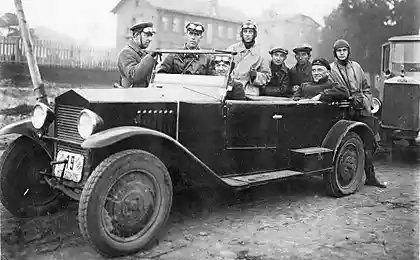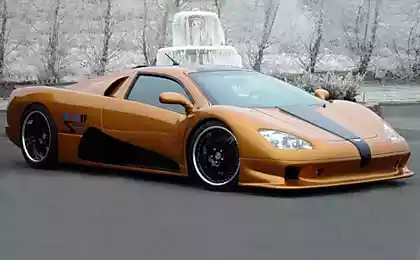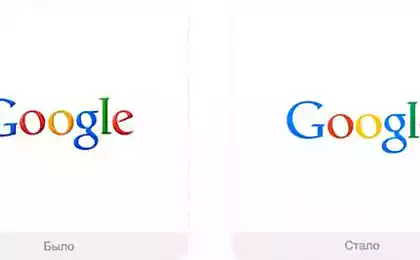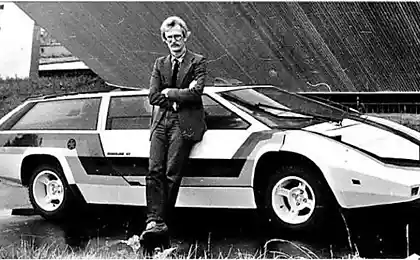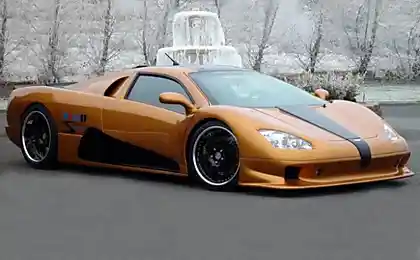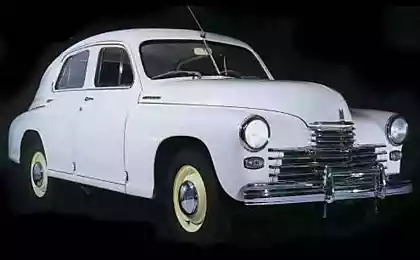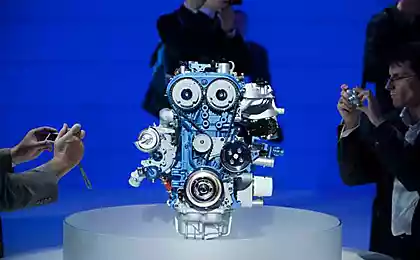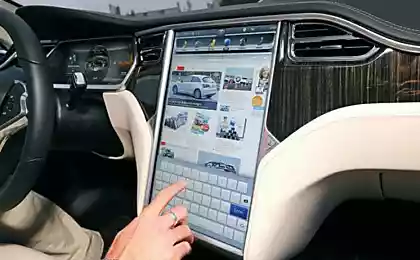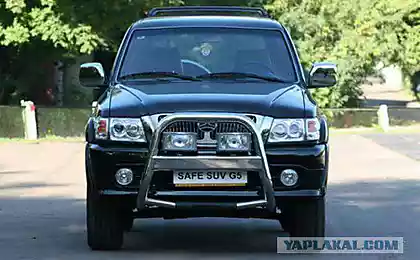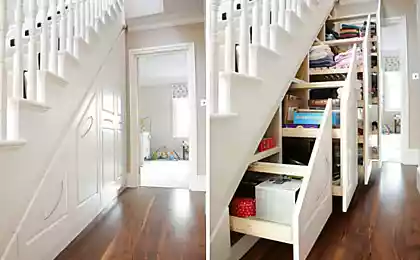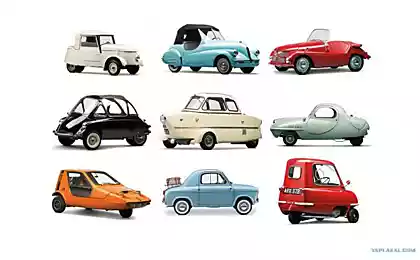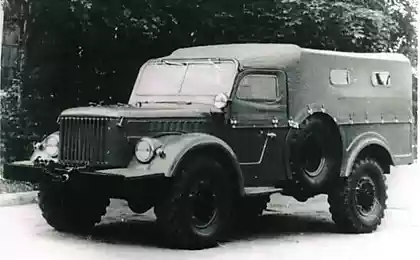1337
Like square cars 80 became streamlined to 90 m
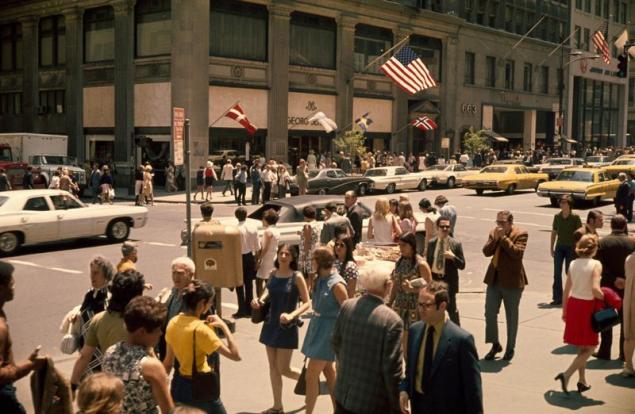
5th Avenue in New York, 1974 i>
The photographs of city streets '70s and early' 80s, everything looks almost the same as today. Most of the buildings, the clothes (excluding the pads under the arms). But that is very different - all the cars look like square boxes, especially compared to the sleek rounded bodies of almost any modern car.
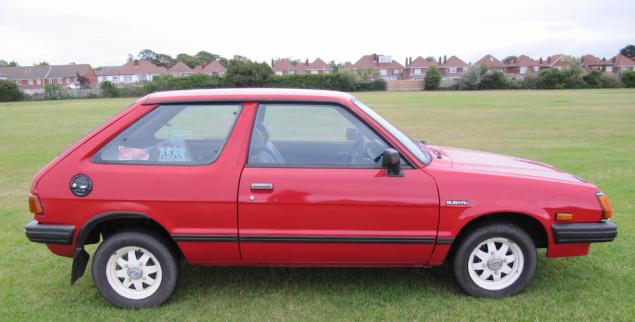

This transformation, which is not so often point out, one of the most significant, occurred with the machines over the last 50 years. And it happened in the US for several years, since 1986. You can even name the exact year when some models have become streamlined - Buick LeSabre, which in 1991 was much more angular than in 1992.
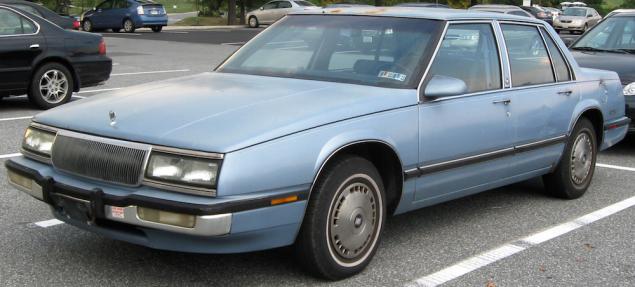
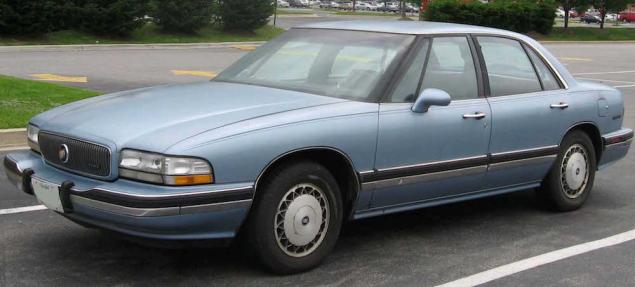
And in the years that followed cars became more streamlined. But why?
It turns out that there are three interrelated reasons: European visual trends, government installation on fuel economy, and new technologies that make it easy to design and produce a rounded shape.
